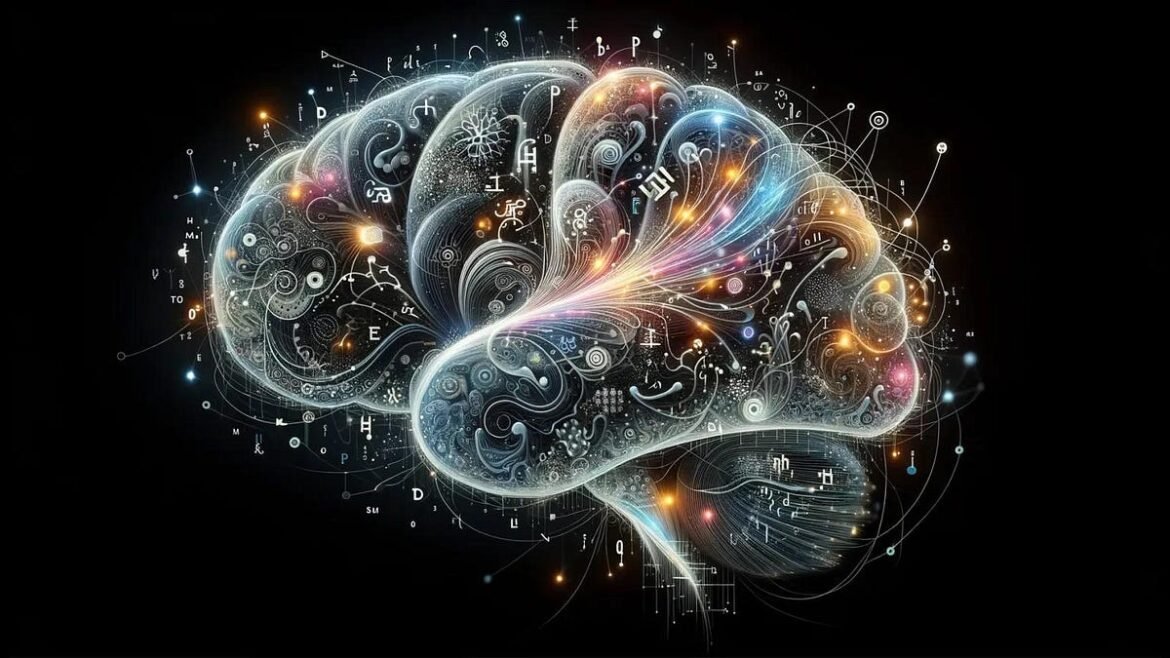Artificial intelligence is much more than image generation and smart-sounding chatbots; it’s also a Nobel-worthy endeavor rooted in physics!
When most of us think of AI, we think of chatbots like ChatGPT, of image generators like DALL-E, or of scientific applications like AlphaFold for predicting protein folding structures. Very few of us, however, think about physics as being at the core of artificial intelligence systems. But the notion of an artificial neural network indeed came to fruition first as the result of physics studies across three disciplines — biophysics, statistical physics, and computational physics — all fused together. It’s because of this seminal work, undertaken largely in the 1980s, that the widespread uses of artificial intelligence and machine learning that permeate more and more of daily life are available to us today.
The core of AI’s capabilities are rooted in the ability to recognize patterns within data, even incomplete or corrupted data. Our brains seem to do this automatically, but AI is capable of far surpassing, even in a generalized form, what even specialized and expertise-possessing humans cannot. Today, AI has scientific applications where it outstrips humans ranging from astronomy to medicine to…

